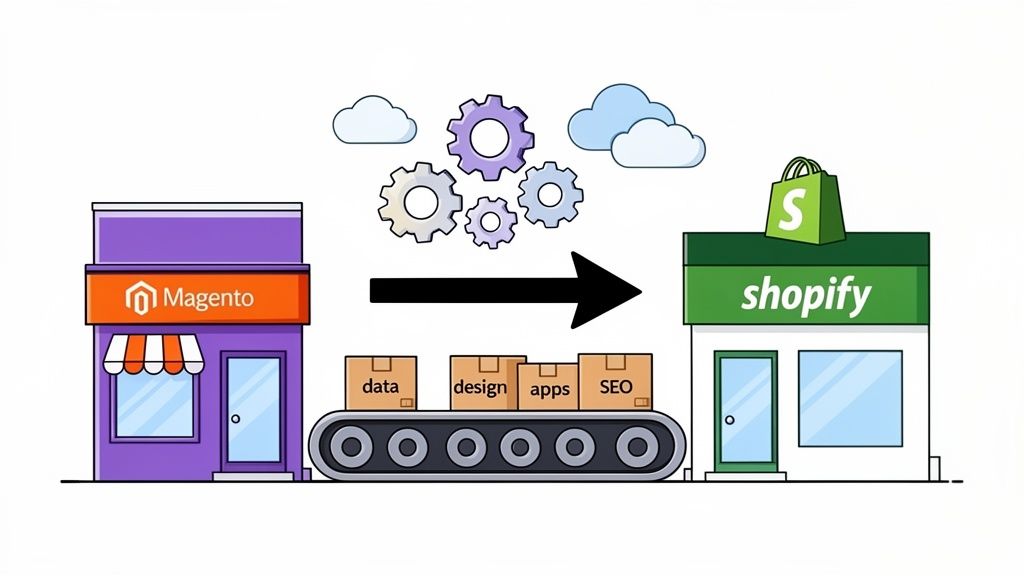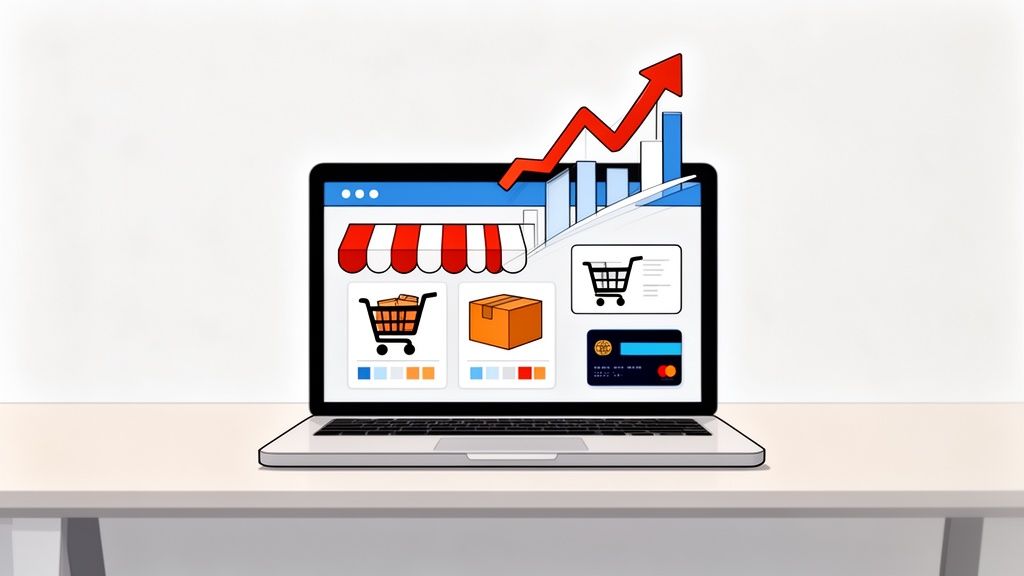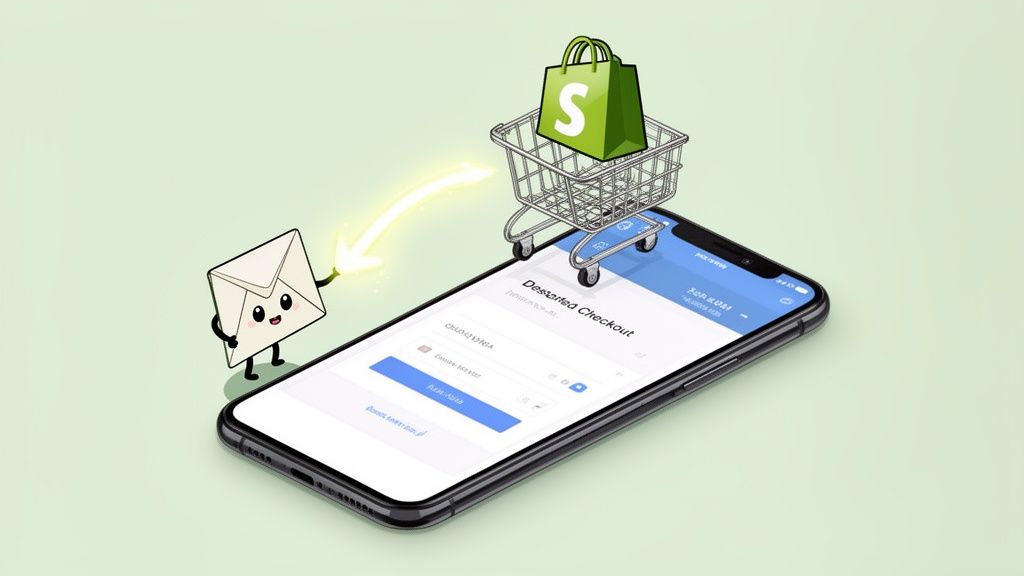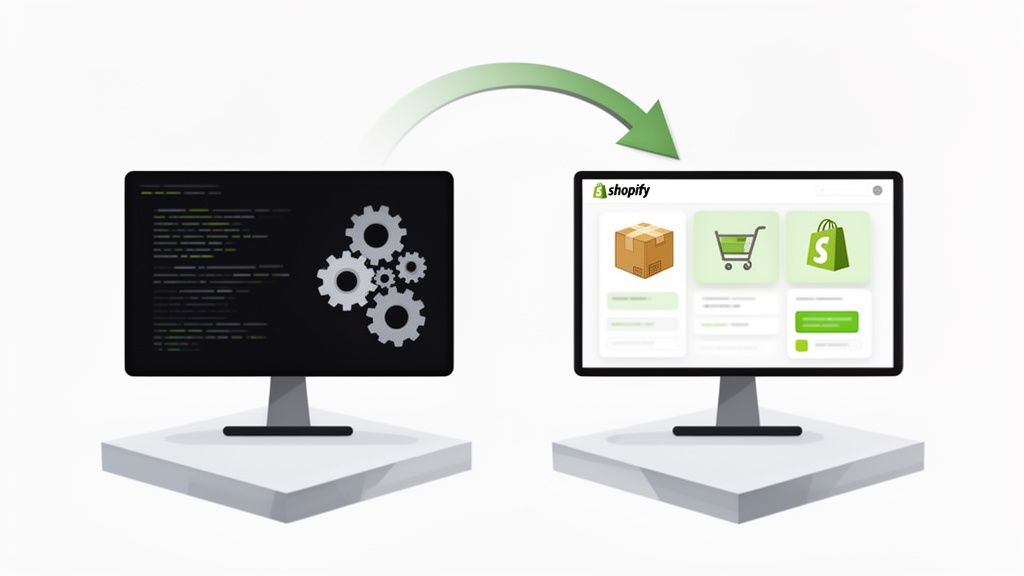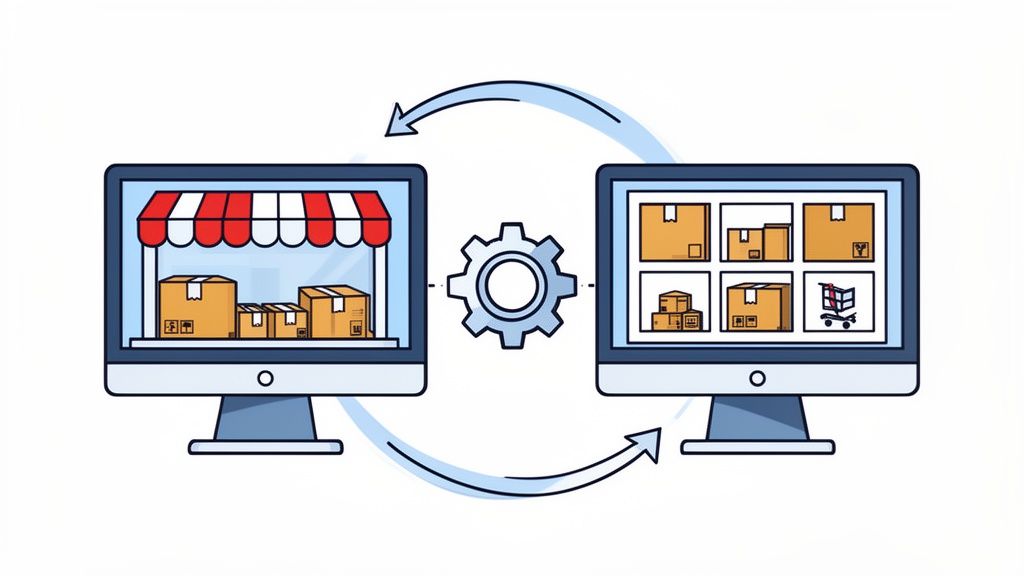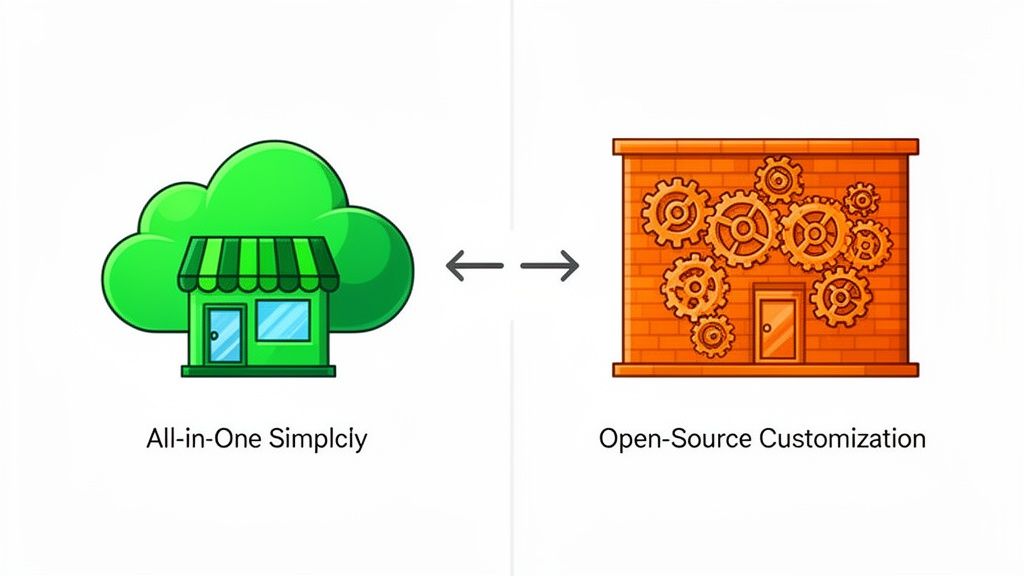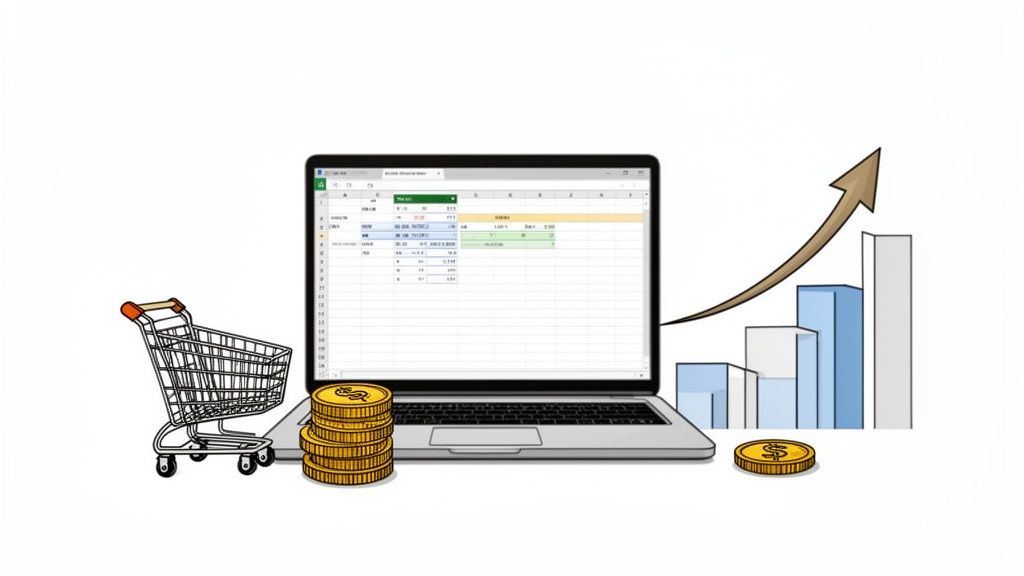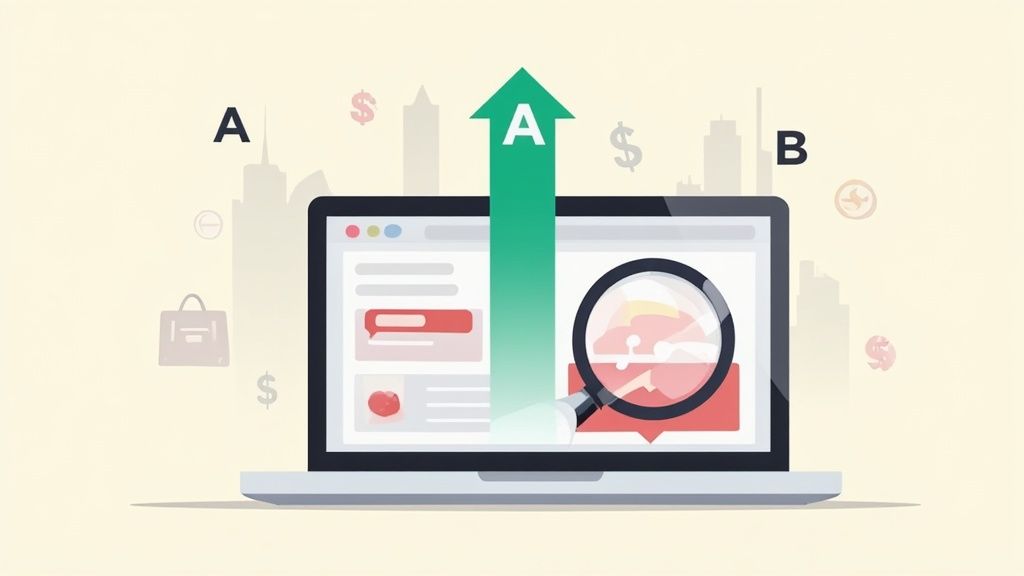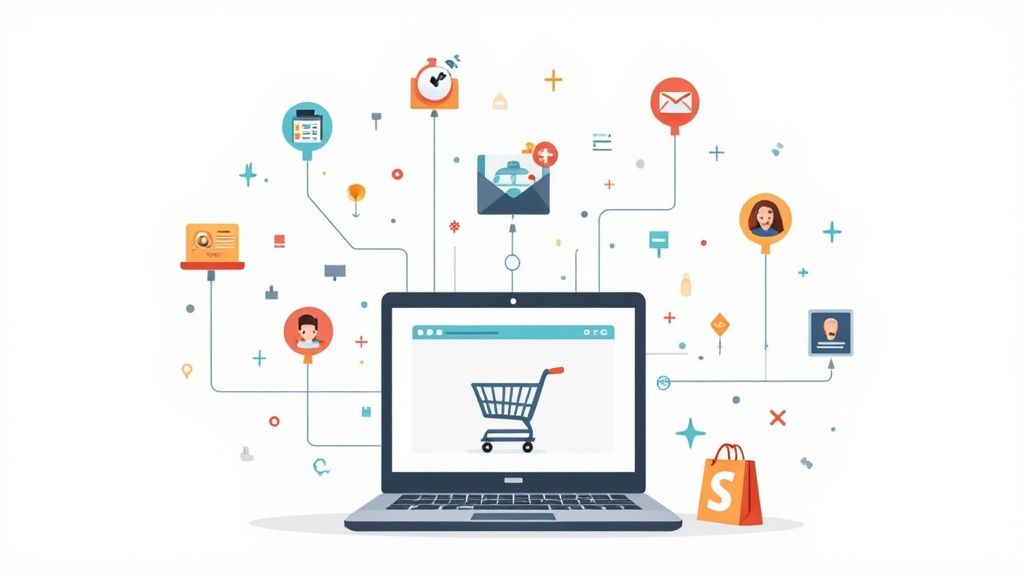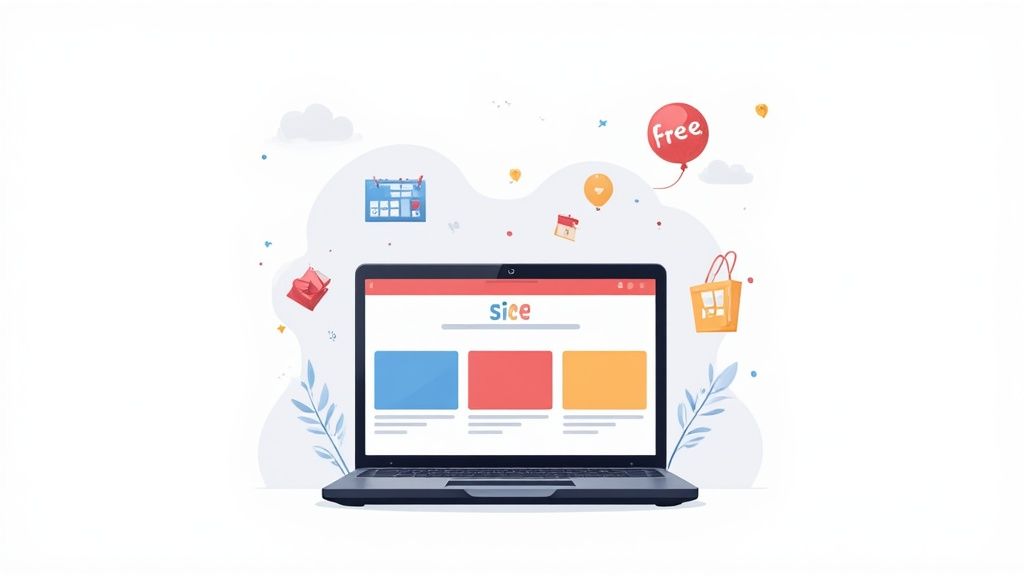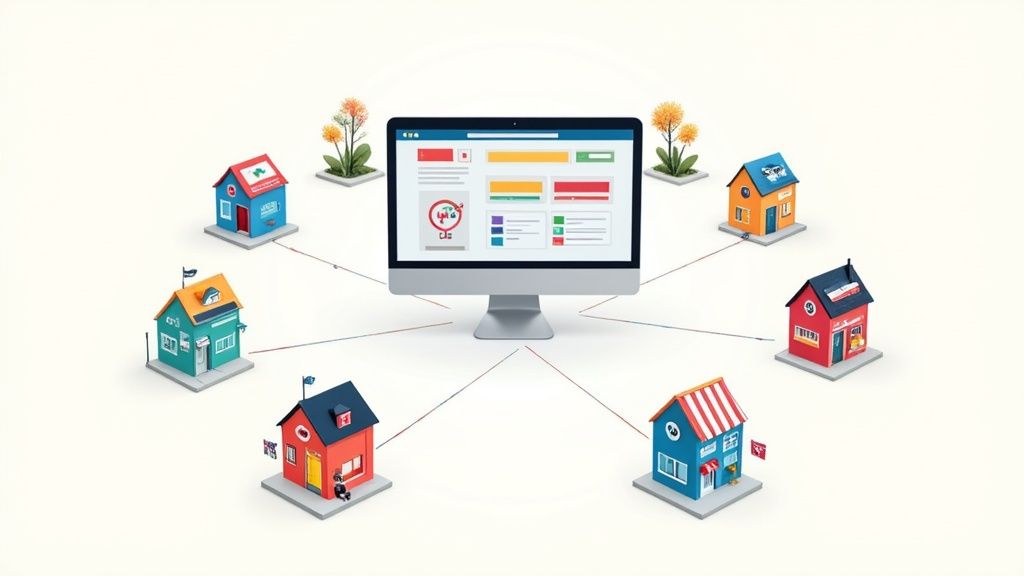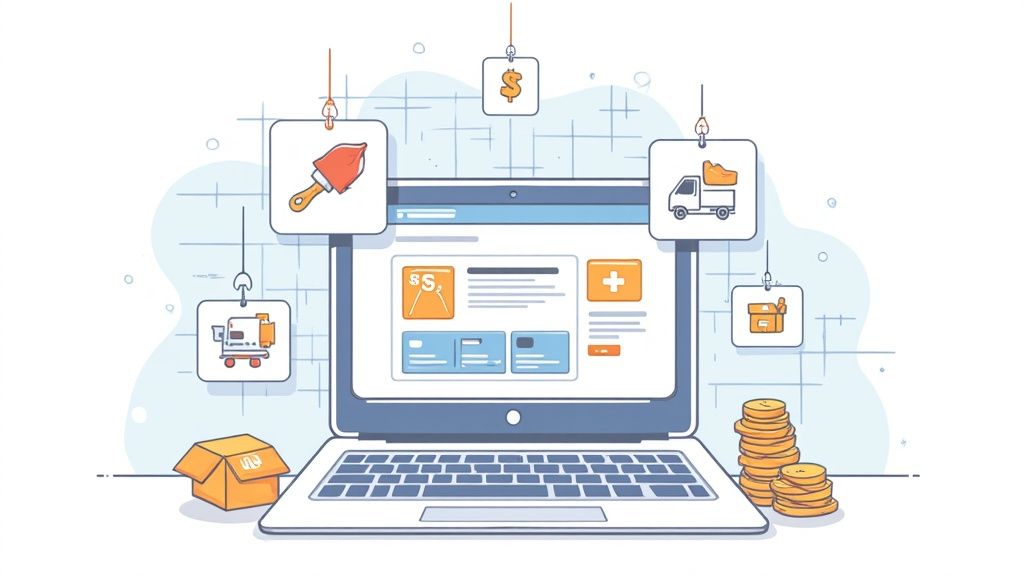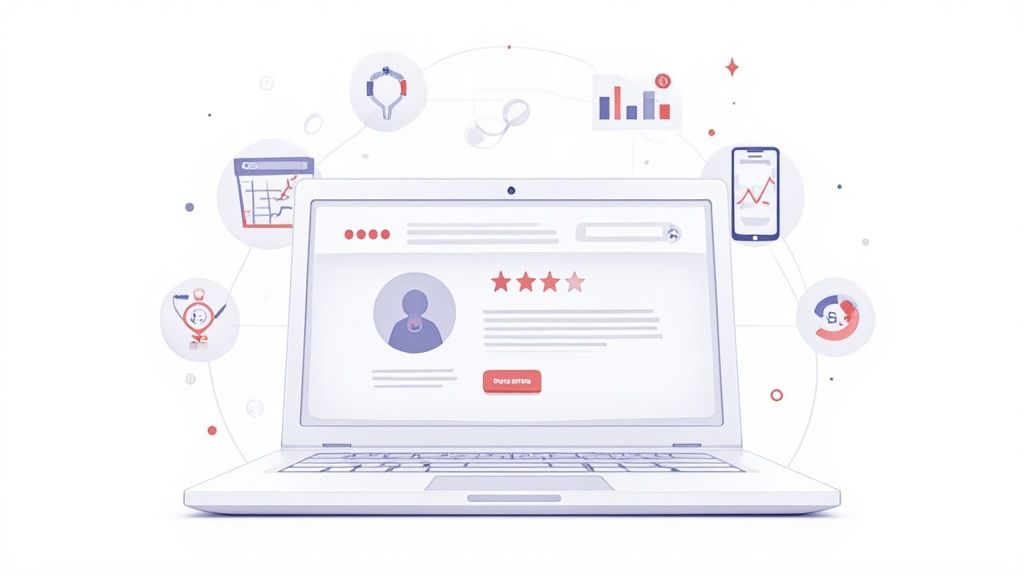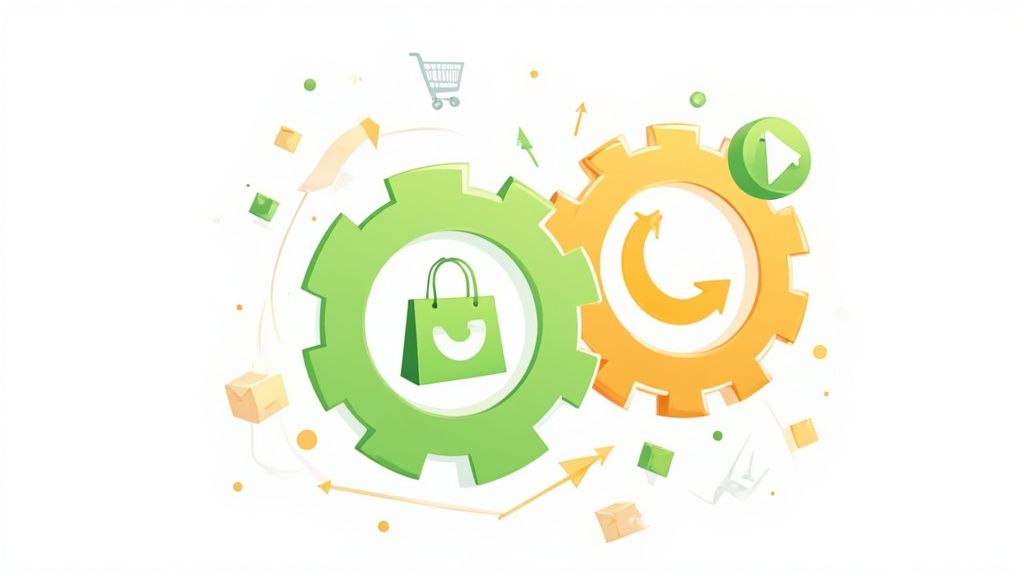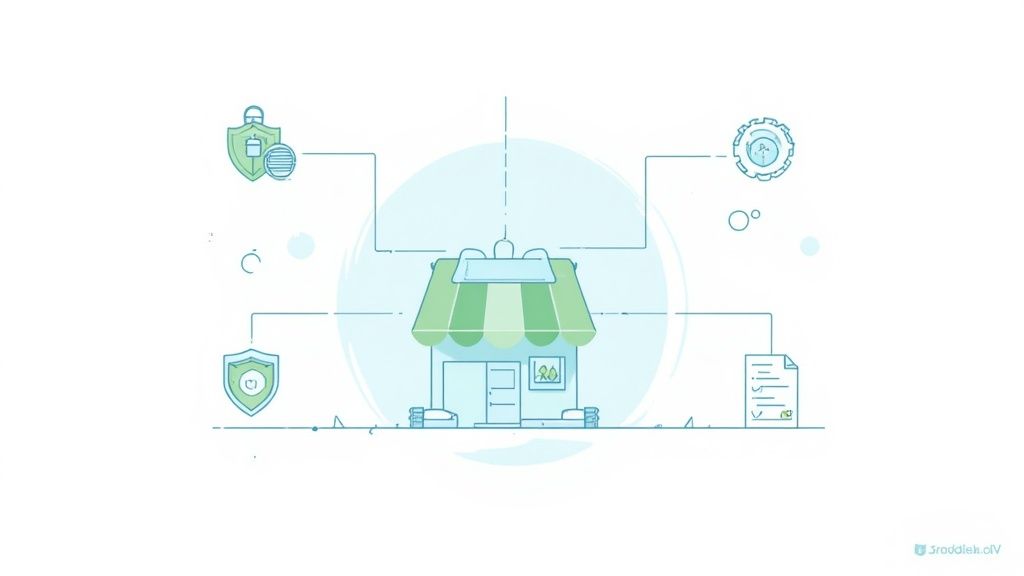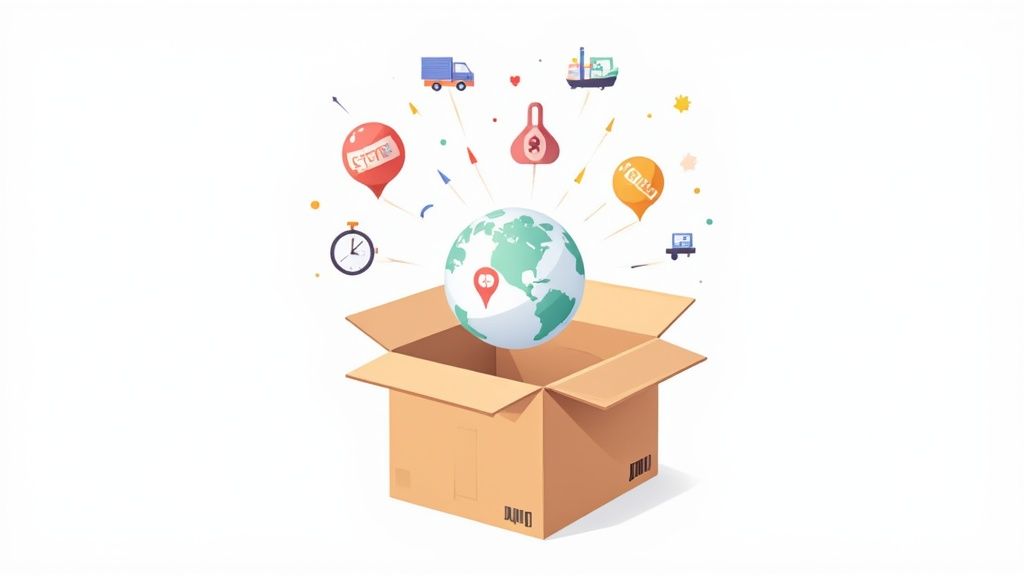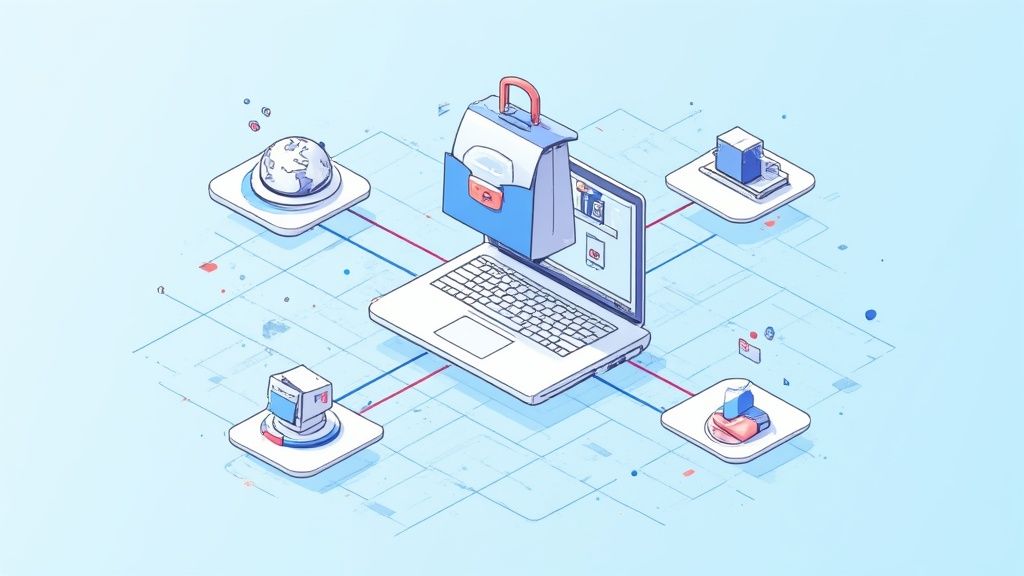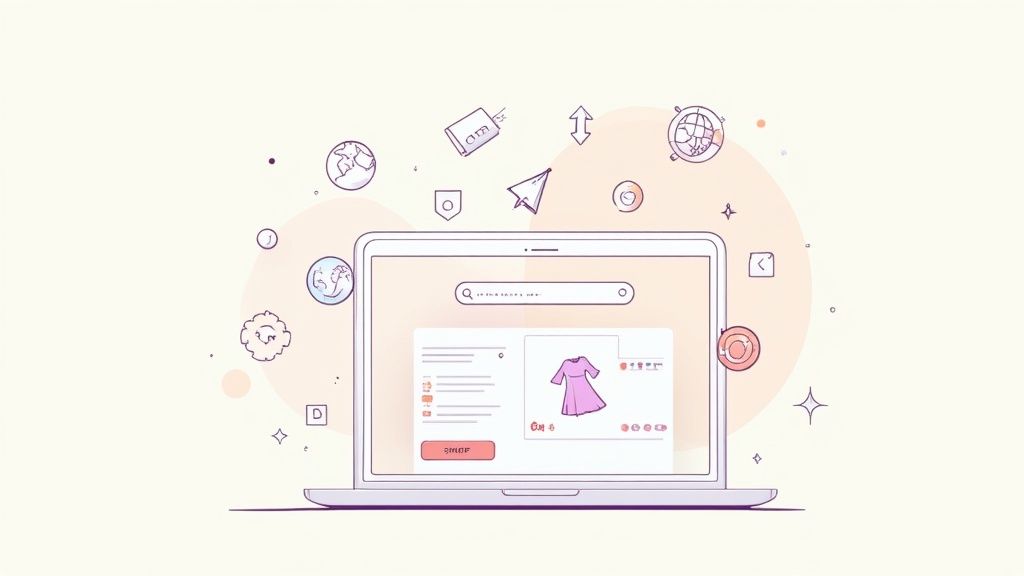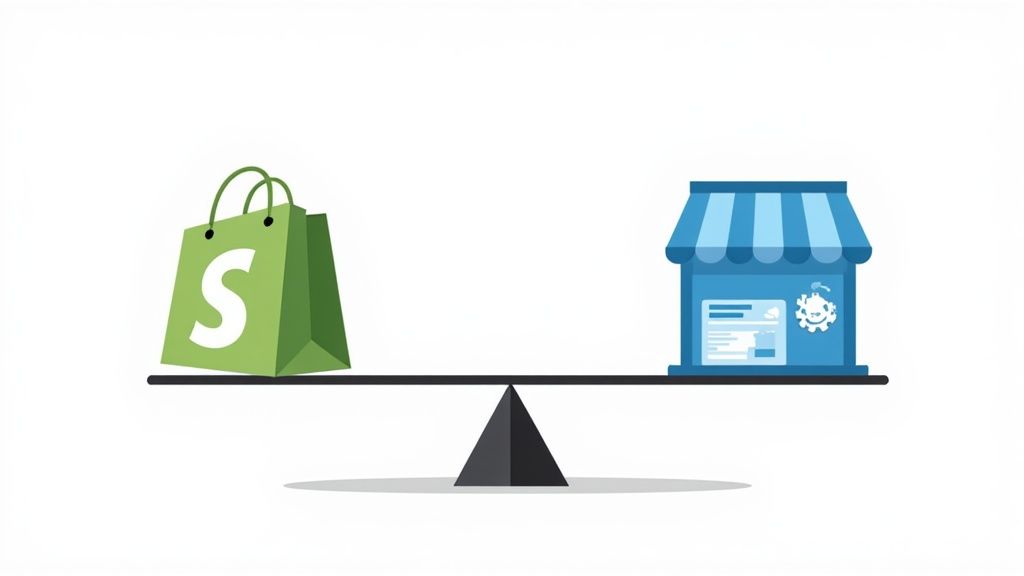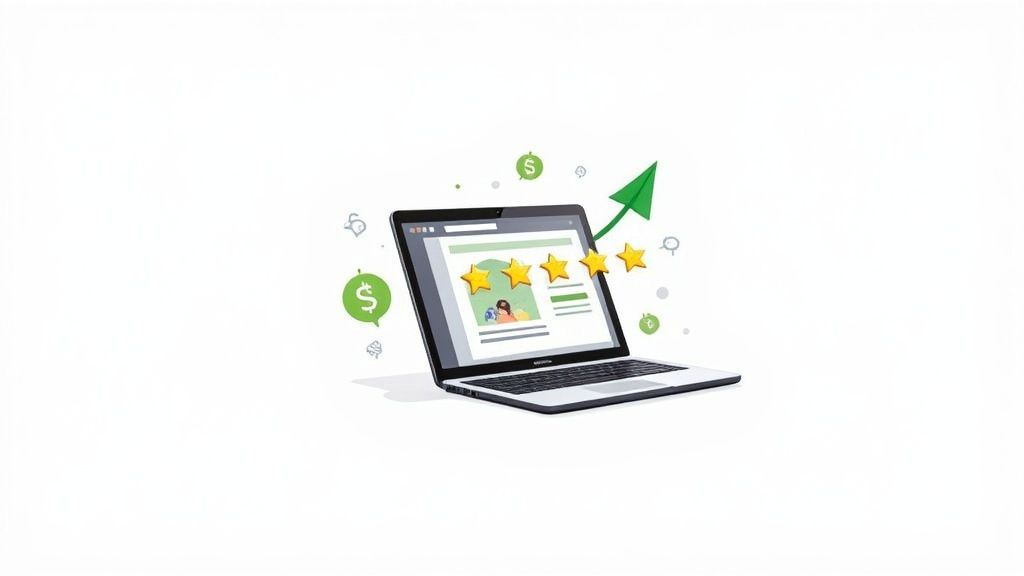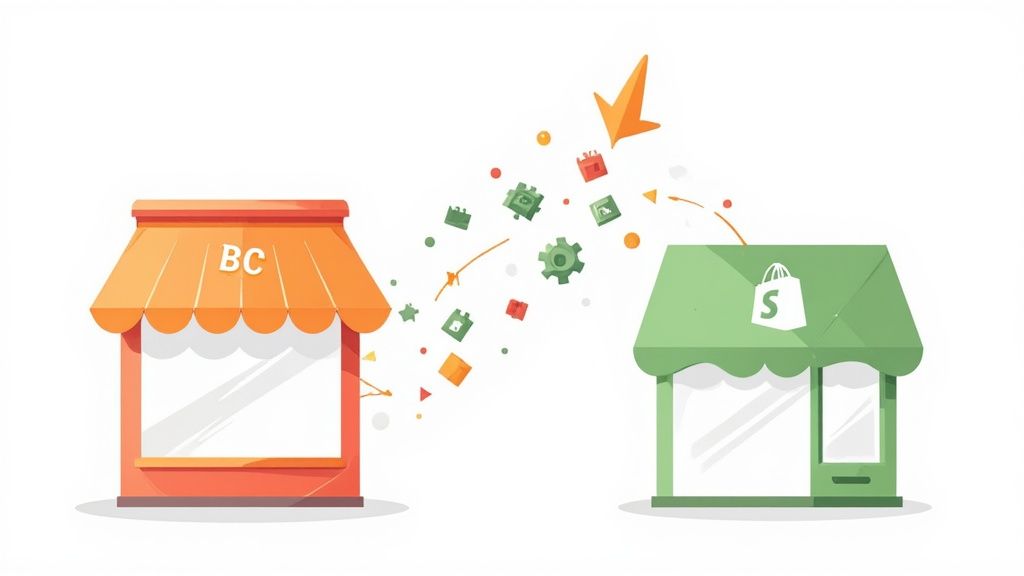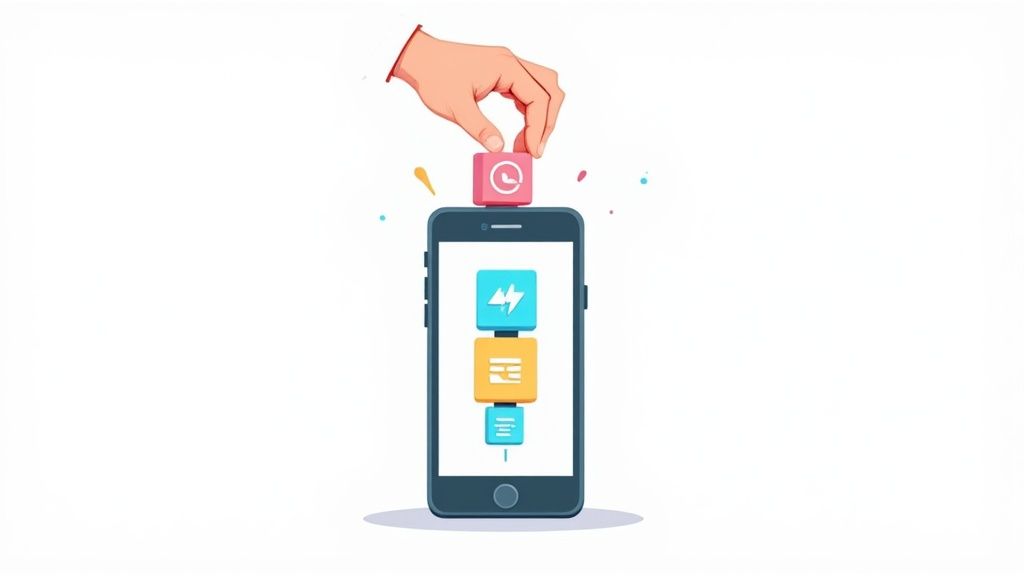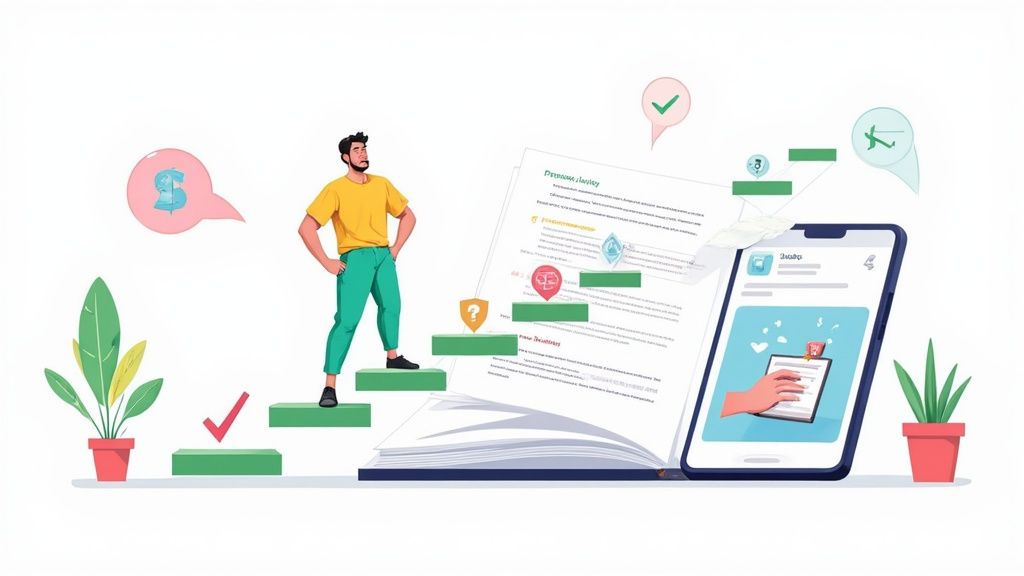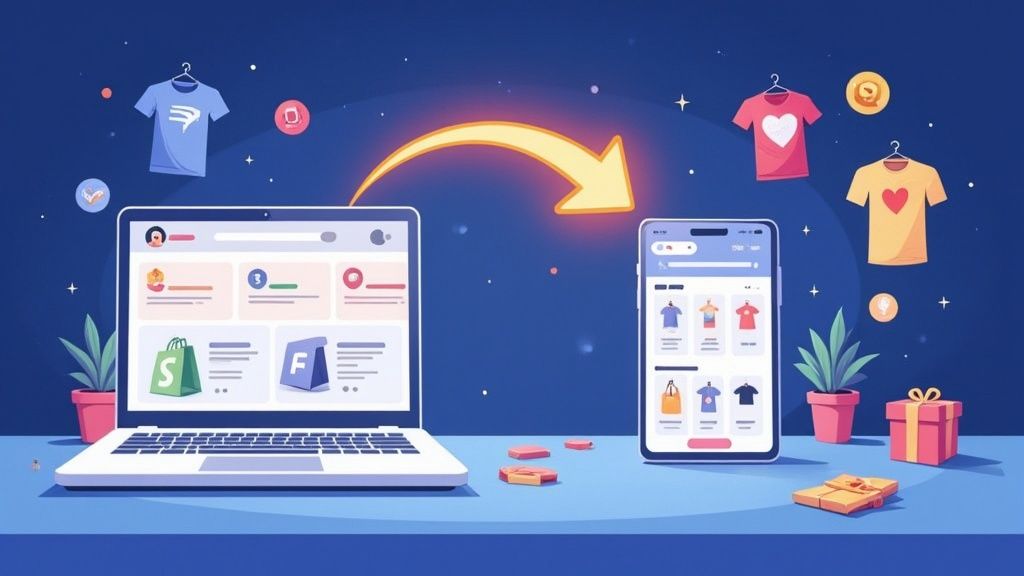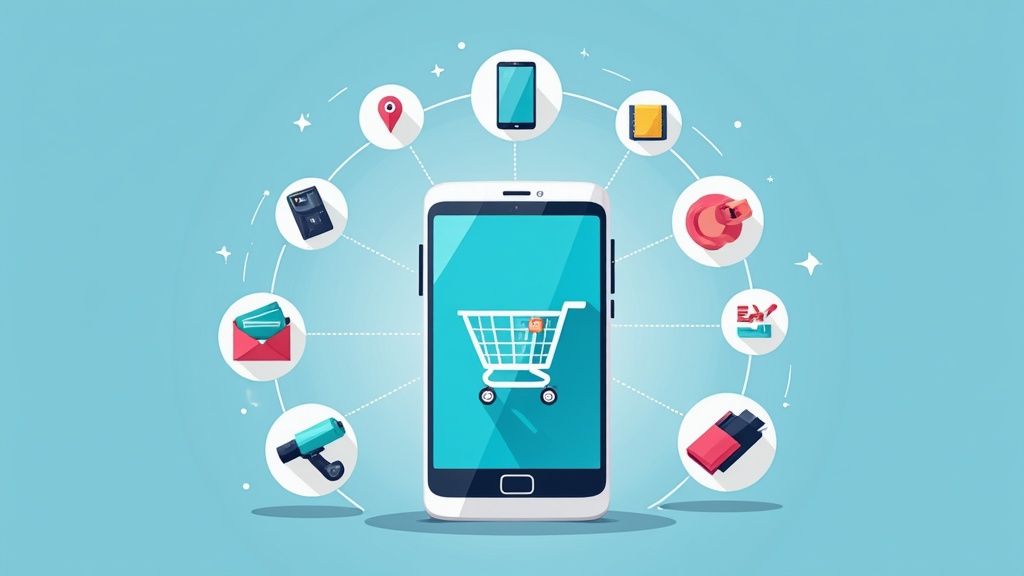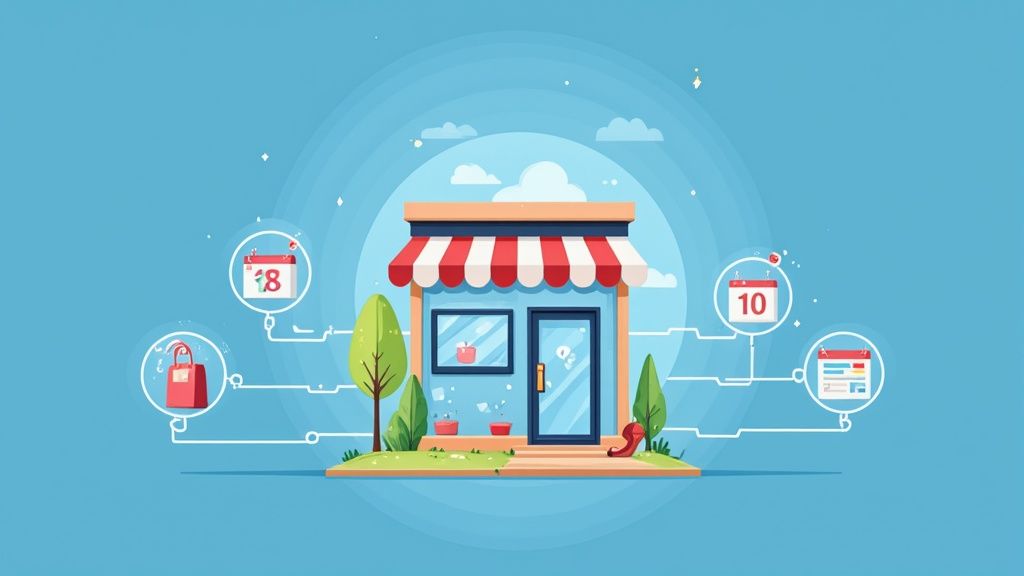
GPT-4 is changing our world now. GPT can be useful in many daily tasks and creative activities. As for eCommerce, it can help for generating product descriptions or other written content for a Shopify store.We decided to go further and see if ChatGPT can help in creating a New Shopify store. This compehensive guide is prepared by ChatGPT and you can use it for free!
1. Sign up for a Shopify account: Go to the Shopify website and sign up for an account. You will need to choose a pricing plan that works for you.
To sign up for a Shopify account, you can follow these steps:
- Go to the Shopify website: Open a web browser and go to Shopify.
- Start Free Trial (you will have 3 months for just 1$)
- Fill out the sign-up form: Enter your email address, password, and store name in the sign-up form. Click on the "Create your store" button to continue.
- Enter your business information: Enter your business name, address, and phone number in the next form. Click on the "Next" button to continue.
- Choose a plan: Select the pricing plan that best fits your business needs. Shopify offers a range of plans, including Basic Shopify, Shopify, and Advanced Shopify. Click on the "Choose plan" button to continue.
- Enter your billing information: Enter your billing information, including your credit card details or other payment information.
2. Choose a theme: Shopify offers a range of free and paid themes that you can use to design the look and feel of your store. Choose a theme that suits your brand and products.
Choosing a theme for your Shopify store can be an important decision that can impact the overall look and feel of your online store, and ultimately, the success of your business. Here are some steps to help you choose the right theme for your Shopify store:
- Consider your brand and target audience: Your theme should align with your brand identity and appeal to your target audience. Think about the colors, fonts, and design elements that best represent your brand and will appeal to your customers.
- Identify your store's needs: Consider the features and functionality that your store requires. Do you need a theme that supports multiple languages or currencies? Does your store require a specific layout or navigation?
- Look for a responsive design: Your theme should be optimized for mobile devices, as many customers will be browsing your store on their phones or tablets.
- Read reviews and ratings: Check the reviews and ratings of themes you are considering to see what other users have experienced with them. This can give you an idea of any potential issues or limitations.
- Consider customization options: Look for a theme that allows you to customize the design and functionality to fit your needs. This can help you create a unique and personalized shopping experience for your customers.
- Test the theme before committing: Before purchasing a theme, take advantage of the free preview feature to test it out and see how it looks and functions in your store.
By considering these factors, you can choose a theme that not only looks great but also meets the specific needs of your Shopify store.
3. How to choose winning products for your Shopify store:
Finding the right products to sell is crucial for the success of your Shopify store. In this guide, we'll outline some strategies and resources to help you identify profitable products that resonate with your target audience and drive sales.
1. Identify Your Niche:
Before you start looking for products, it's essential to decide on a niche for your store. A niche is a specific segment of the market that you'll focus on. Selecting a niche will help you find products that cater to a particular audience and stand out from the competition.
To identify a niche, consider the following:
- Your interests and passions
- Market trends and demands
- Profitability and competition
2. Research Product Ideas:
Once you've identified your niche, start researching product ideas. Some methods to generate product ideas include:
- Browse online marketplaces: Explore platforms like Amazon, eBay, and AliExpress to find popular products in your niche.
- Investigate social media trends: Use platforms like Instagram, Pinterest, and Facebook to discover trending products and identify potential customer interests.
- Analyze competitor stores: Visit successful Shopify stores in your niche to see what products they are selling.
- Participate in online forums and communities: Engage in discussions and follow niche-specific communities to identify potential product ideas.
3. Validate Product Ideas:
After gathering a list of potential products, you need to validate your ideas to ensure their profitability. To validate your product ideas, consider the following:
- Market demand: Use tools like Google Trends, Keyword Planner, and Ubersuggest to analyze search volume and trends for your product ideas.
- Competition: Research the competition to determine market saturation. Look for products with high demand but low competition.
- Profit margins: Calculate your potential profit margins by considering product costs, shipping fees, taxes, and other expenses. Aim for products with attractive profit margins to ensure your store's profitability.
4. Source Products:
Once you've identified profitable products, you'll need to source them from suppliers. Some popular sourcing methods for Shopify store owners include:
- Dropshipping: Partner with suppliers who will ship products directly to your customers. Oberlo and Spocket are popular dropshipping apps for Shopify.
- Wholesale: Purchase products in bulk from manufacturers or distributors and store them in your inventory. Alibaba and AliExpress are well-known platforms to find wholesale suppliers.
- Print-on-demand: Create custom products with your designs and partner with print-on-demand services like Printful or Printify to produce and ship items on your behalf.
5. Evaluate Suppliers:
Before partnering with a supplier, evaluate them based on the following criteria:
- Product quality: Ensure the supplier offers high-quality products that meet your standards.
- Shipping times and costs: Confirm that the supplier can ship products within a reasonable time frame and at an affordable cost.
- Communication and responsiveness: Test the supplier's responsiveness and their ability
4. Add products: Add the products you want to sell to your store, including images, descriptions, and prices.
Sure, here are the steps to add products to your Shopify store:
- Log in to your Shopify admin panel.
- Click on "Products" from the left-hand menu.
- Click on the "Add product" button at the top right corner of the page.
- Enter the product title, description, images, price, and other relevant details.
- Choose the product type, vendor, and collection if applicable.
- Set up any variants or options for the product such as size, color, or material.
- Add any tags or keywords to help customers find your product.
- Preview your product and make any necessary edits.
- Click the "Save" button at the bottom of the page to publish your product on your store.
Repeat these steps for each product you want to add to your Shopify store. You can also import products from a CSV file if you have a large number of products to add.
5. Set up payment and shipping options: Set up payment and shipping options for your customers.
Here are the steps to set up payment and shipping options in your Shopify store:
- Log in to your Shopify admin panel.
- Click on "Settings" from the left-hand menu and select "Payment providers."
- Choose the payment provider you want to use, such as Shopify Payments, PayPal, or Stripe, and follow the instructions to set up your account and connect it to your store.
- Customize your payment settings, such as whether to accept credit cards or alternative payment methods like Apple Pay or Google Pay and set up any additional payment options you want to offer.
- Click on "Save" to apply your changes.
To set up shipping options:
- Click on "Settings" from the left-hand menu and select "Shipping and delivery."
- Click on the "Create a new shipping zone" button to define a new geographic area where you want to ship your products.
- Enter the name of the shipping zone and select the countries or regions where you want to offer to ship.
- Set up your shipping rates, such as flat rate, weight-based, or price-based rates, depending on your preferences and the products you are selling.
- Customize your shipping settings, such as delivery times, carrier options, and tracking information.
- Click on "Save" to apply your changes.
You can repeat these steps to set up additional payment and shipping options for your Shopify store. Be sure to test your payment and shipping settings to ensure that they are working correctly and meeting your needs.
6. Customize your store: Use the Shopify customization tools to add your branding, including your logo, colors, and fonts.
Here are some steps you can take to customize your Shopify store:
- Choose a theme: Shopify offers a variety of free and paid themes that you can use to customize the look and feel of your store. You can browse and preview themes in your Shopify admin panel's "Themes" section.
- Customize your theme: Once you have chosen a theme, you can customize it by adjusting the color scheme, fonts, layout, and other design elements. You can also add custom images and banners to your homepage or other site pages.
- Add apps and plugins: Shopify offers a wide range of apps and plugins that you can use to add functionality to your store, such as social media integration, product reviews, and email marketing. You can browse and install apps in your Shopify admin panel's "Apps" section.
- Create pages and menus: You can create custom pages for your store, such as an "About Us" page or a "FAQ" page, and add them to your site's navigation menu. You can also customize the menu structure and layout to make it easy for customers to find what they are looking for.
- Set up collections and categories: You can organize your products into collections and categories to help customers find what they are looking for more easily. You can customize the layout and design of your collection pages and add filters to make it easier to browse and search for products.
- Customize your checkout process: You can customize the checkout process by adding custom fields, adjusting the shipping and payment options, and adding a custom logo or branding to the checkout page.
- Test and optimize: Once you have customized your Shopify store, be sure to test it thoroughly to ensure that everything is working as expected. You can also use analytics and other tools to track your site's performance and make adjustments to improve your conversions and sales.
By following these steps, you can customize your Shopify store to create a unique and engaging shopping experience for your customers.
7. Launch your store: When you are ready, launch your store and start promoting it to attract customers.
Here are some steps you can take to launch your Shopify store and attract customers:
- Set up your store: Make sure your store is set up and ready to launch. This includes adding products, customizing your theme, setting up payment and shipping options, and testing everything to make sure it works correctly.
- Create a marketing plan: Develop a plan for how you will market your store and attract customers. This can include social media advertising, email marketing, content marketing, influencer marketing, and other strategies.
- Build an email list: Create an email list of potential customers and offer them incentives to sign up, such as exclusive discounts or early access to new products.
- Offer promotions and discounts: Consider offering special promotions and discounts to attract customers to your store. This could include free shipping, buy-one-get-one-free deals, or other incentives.
- Use social media: Use social media to promote your store and connect with potential customers. This can include creating social media accounts for your store, posting regular updates and promotions, and engaging with your followers.
- Optimize for SEO: Optimize your store for search engines by using relevant keywords in your product descriptions, page titles, and meta tags. This can help your store appear higher in search engine results and attract more traffic.
- Leverage influencer marketing: Partner with influencers in your niche to promote your store and products to their followers. This can help you reach a wider audience and build trust with potential customers.
By taking these steps, you can launch your Shopify store and start attracting customers to your business. Be sure to track your results and adjust your strategies as needed to optimize your performance and grow your sales over time. Be sure, ChatGPT is a new super tool for eCommerce.
🎉 BONUS: Here are some ways ChatGPT can help you make your Shopify store:
1. Writing product descriptions: GPT can be used to generate unique, high-quality product descriptions that help your products stand out from the competition. By training GPT on your product data, you can create descriptions that accurately describe your products and highlight their unique features.
2. Creating marketing copy: GPT can help you generate compelling marketing copy that resonates with your target audience. By training GPT on your brand messaging and customer data, you can create copy that speaks directly to your customers' needs and interests.
3. Customer service chatbots: GPT can be used to create chatbots that handle customer service inquiries and support. By training GPT on your customer service data, you can create chatbots that provide accurate and helpful responses to common customer questions and issues.
4. Personalized recommendations: GPT can be used to generate personalized product recommendations for your customers based on their browsing and purchase history. By training GPT on your customer data, you can create recommendation engines that suggest products that are most likely to appeal to each customer.
By using ChatGPT to enhance your Shopify store, you can create a more engaging and personalized shopping experience for your customers, which can help increase sales and customer loyalty. However, it's important to note that ChatGPT is a sophisticated technology that requires specialized expertise to use effectively, so you may want to consider working with experts to implement ChatGPT-based Shopify business.
If you struggle to start your store, consider agency to handle it or simply need a consultation on how to use ChatGPT for your Shopify store, feel free to connect with us.






